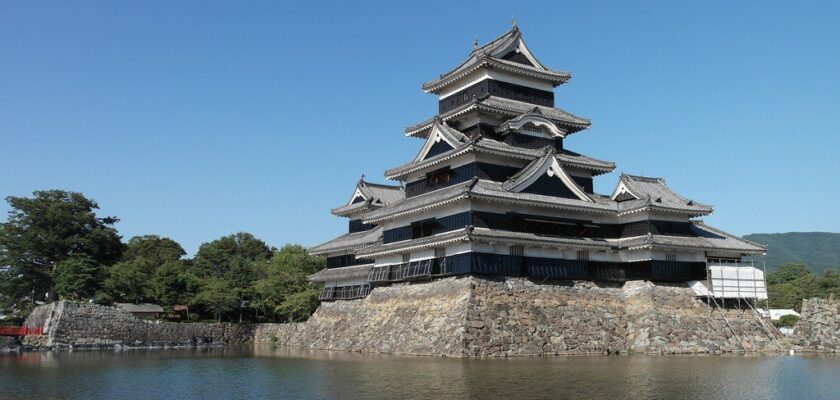Matsumoto Castle
Matsumoto is an old Japanese castle, also called Crow Castle because of its black-colored walls and side towers that look like the outstretched wings of a bird. Tourists are attracted here by the unusual architecture of the building harmonizing with the beauty of the surrounding nature. The castle is located in the city of Matsumoto, not far from Tokyo.
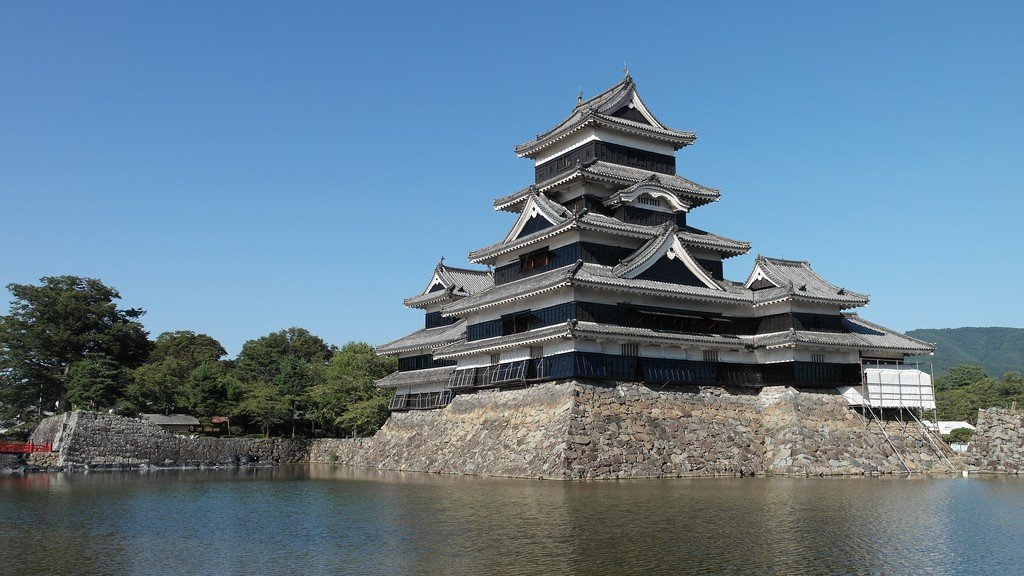
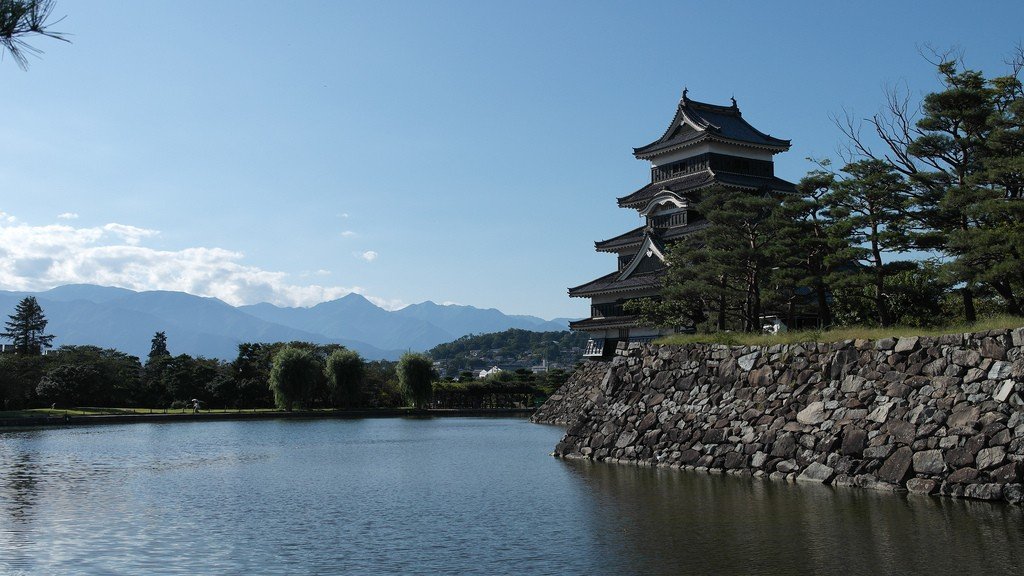
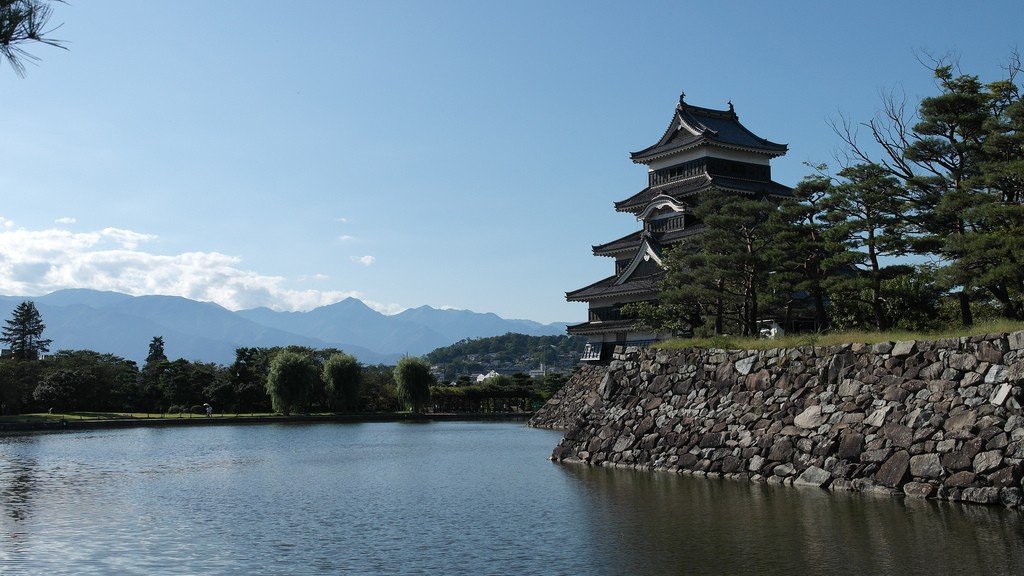
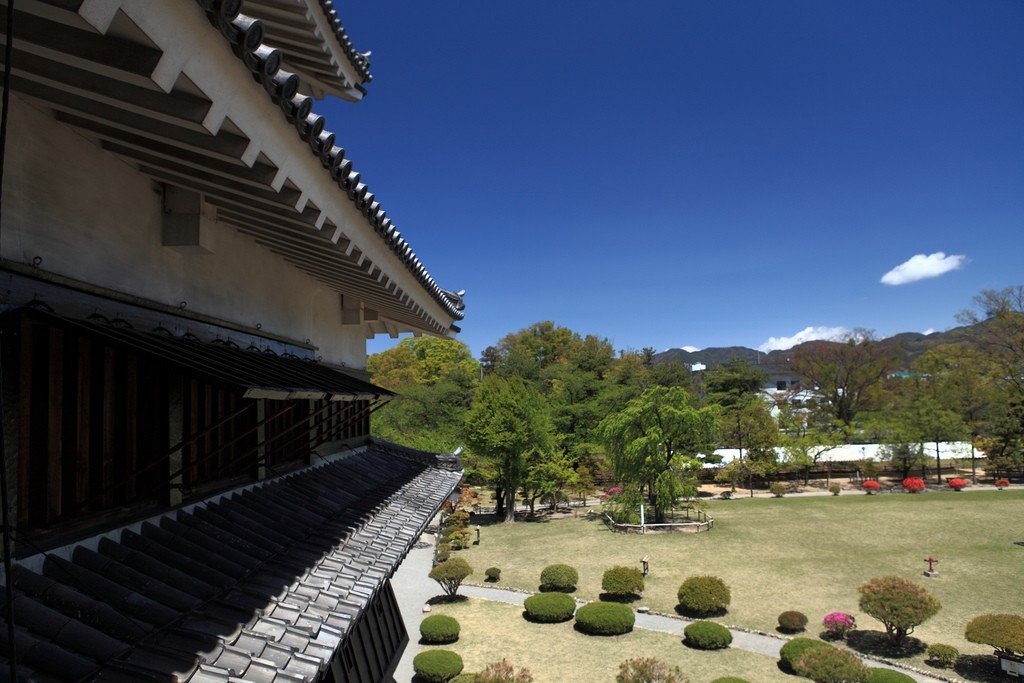
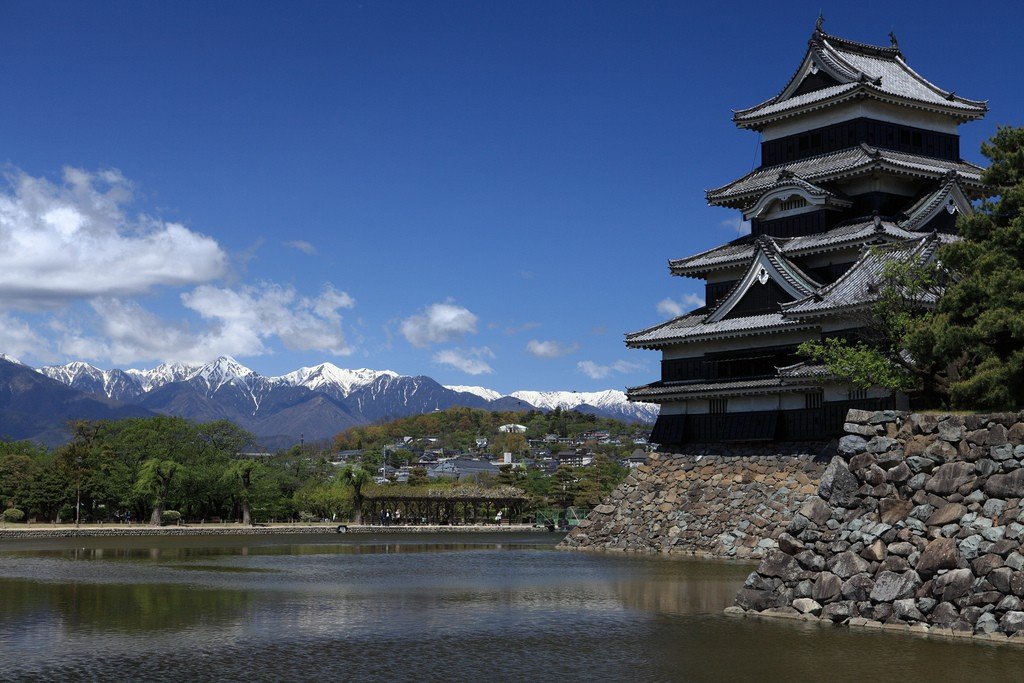
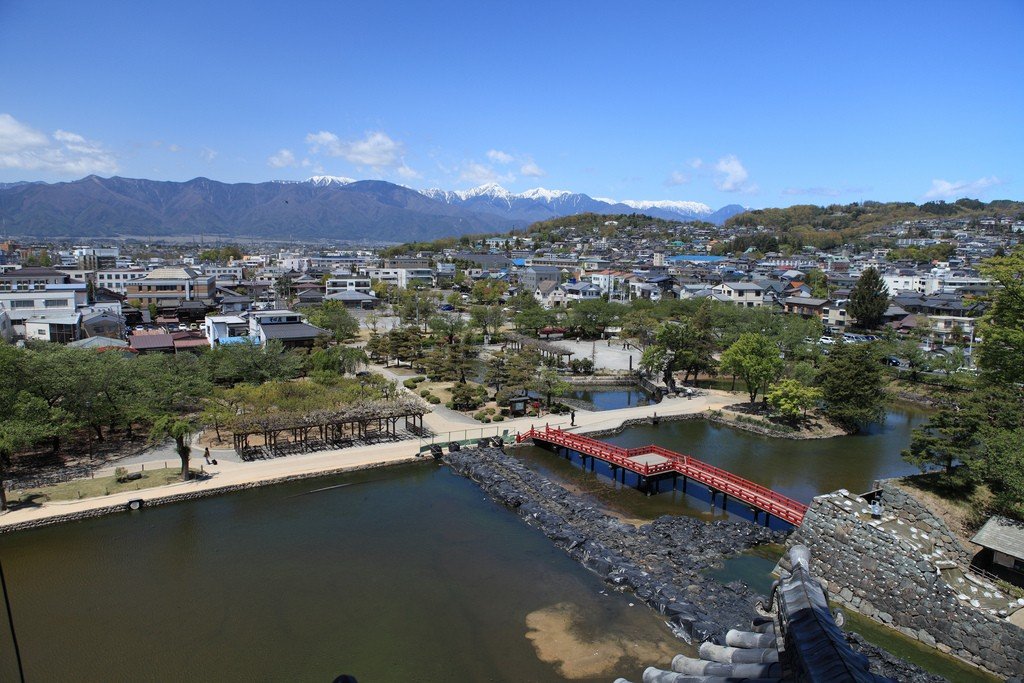
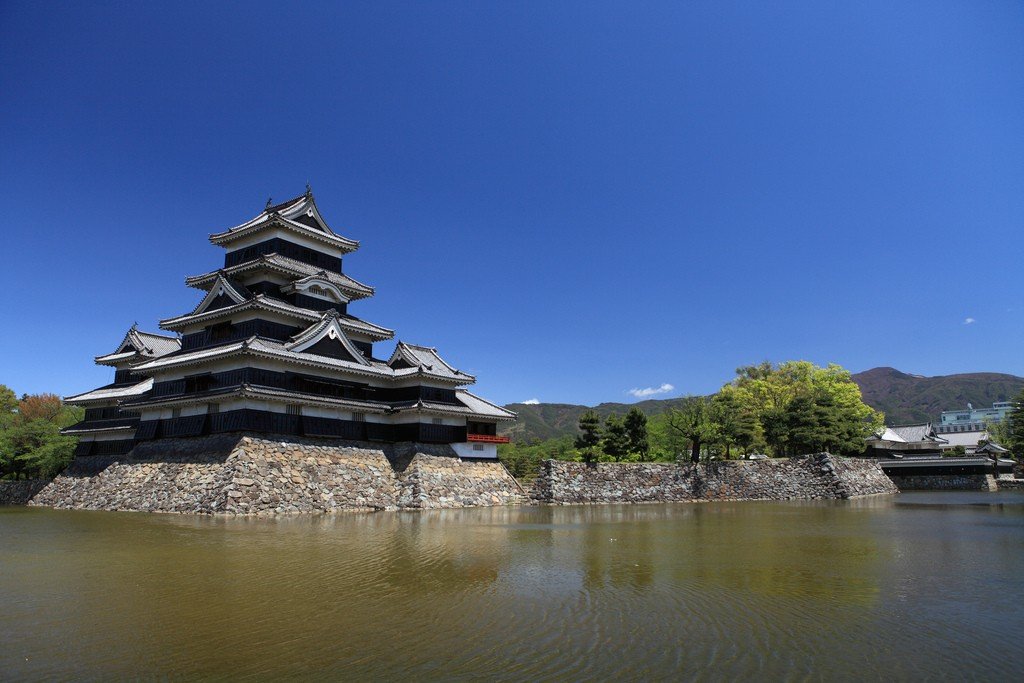
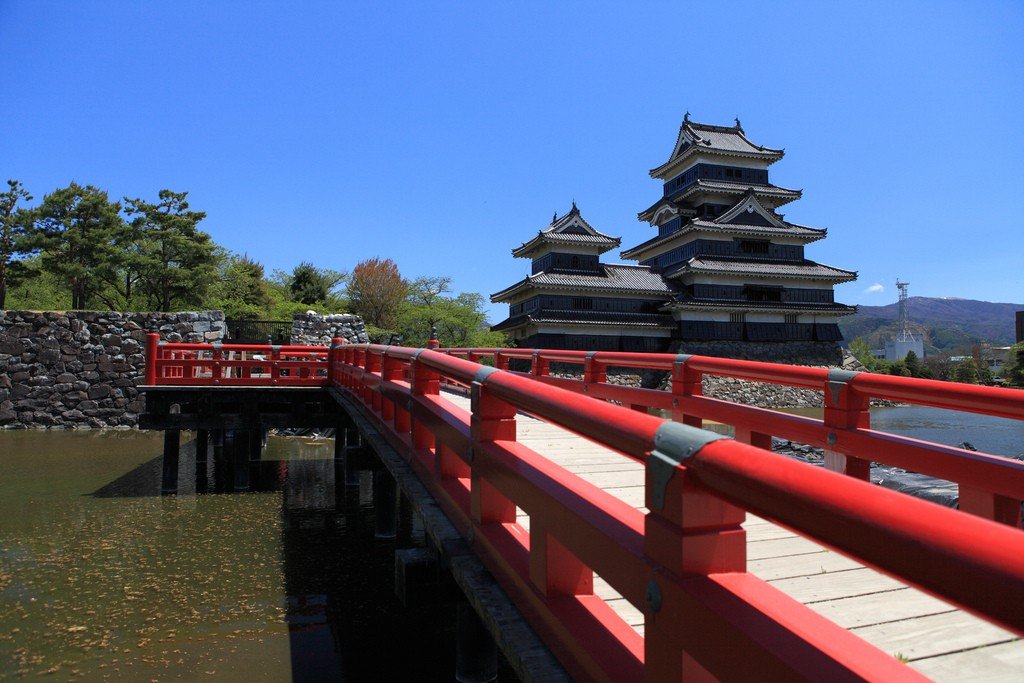
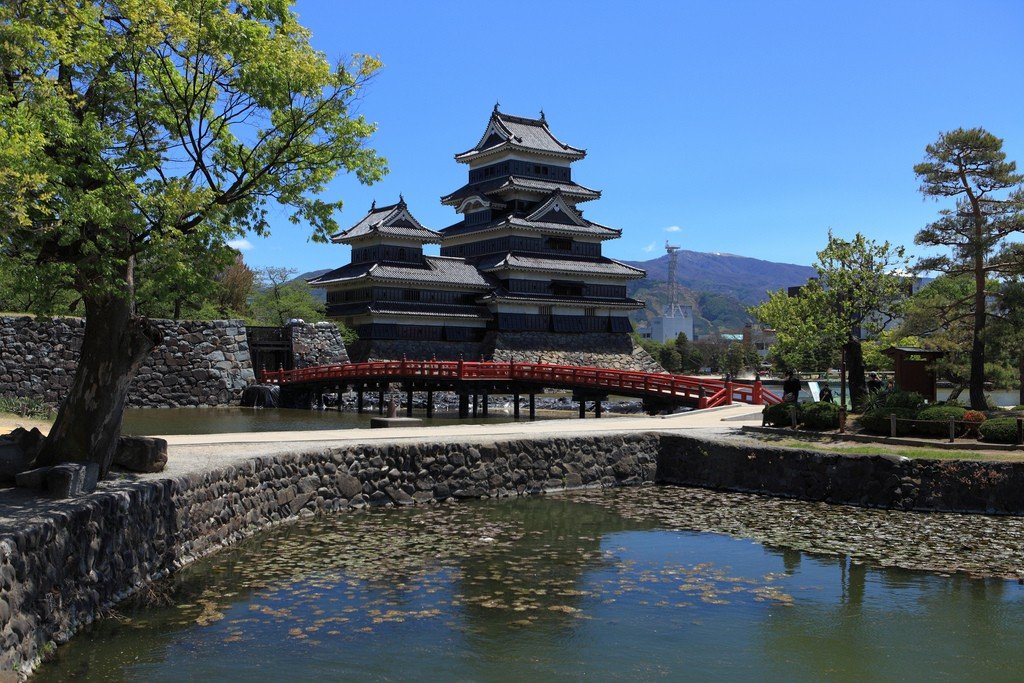
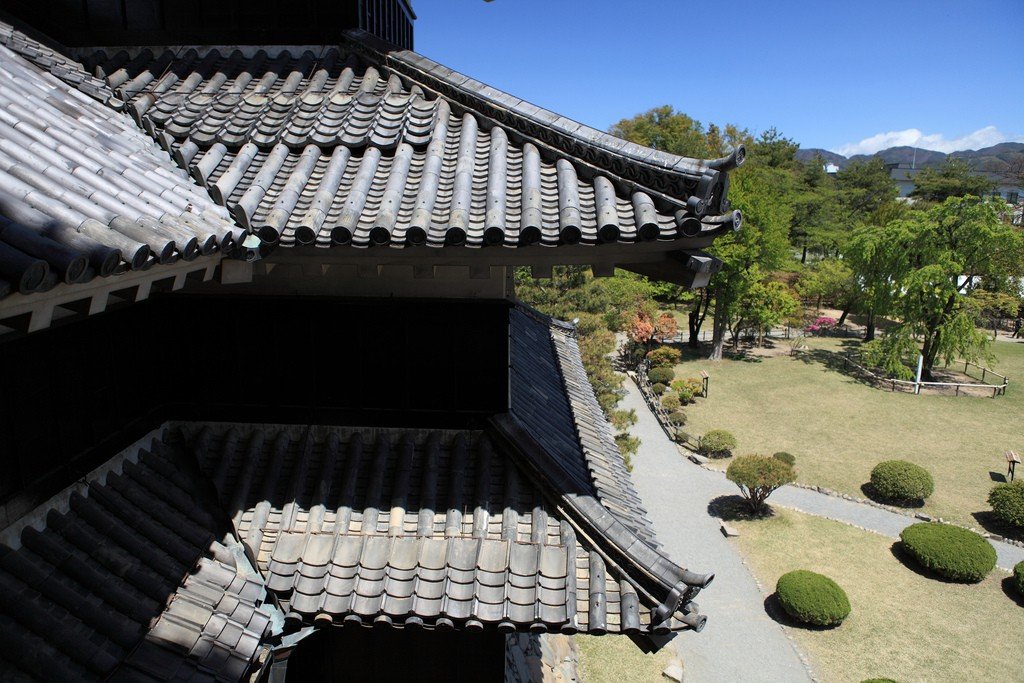
Highlights
Matsumoto is an elaborately fortified fortress surrounded by a triple moat and high stone walls. The outer walls of the fortress cover three kilometers, the distance of a cannon shot at the time. A samurai, its owner, lived in the stone building of the inner ring.
Narrow wooden windows, once used by riflemen, provide an amazing view of the Japanese mountains, the city of Matsumoto, and the snow-white swans circling in the moat that girdles the castle.
.Around Matsumoto there is a huge park of chrysanthemums, these flowers are very popular in Japan, where they originate from.
.History
Matsumoto Castle was built in 1504 by the Ogasawara clan. These were the times of numerous battles in Japan. In the mid-16th century, Matsumoto Castle was taken over by the Takeda clan and later by Tokugawa Ieyasu of the Shogun clan.
.
After the unification of Japan, Matsumoto passed to the Ishikawa clan, whose family began construction of the current structure in 1580. The towers and the central building were built in 1593 and 1594. Although the wooden fortifications were almost completely destroyed in a fire in the late 19th century, the building underwent a lengthy renovation that began in 1969. By 2007, the extensive renovations were completed, just in time for its 400th anniversary.
.
In the early 1950s, the castle was declared a national treasure and opened to tourists.
.What to see
The most interesting part is the main donjon. From the outside it looks like the castle has five floors, but in fact the sixth floor is hidden behind a defensive fortification. The castle has a unique architecture for Japan – in addition to a covered passage between the main tower, there are two smaller secret passages linking the towers. Ten round wooden pillars, carved with an axe, support the structure. If you look closely, you will notice that the walls are slightly curved – they were deformed due to earthquakes.
.
The staircases inside Matsumoto Castle are low-ceilinged (samurai were generally smaller in stature than modern Europeans), narrow, very steep (up to 60 degrees of inclination) and not connected to each other, which made it difficult to move quickly during an attack.
.Matsumoto houses a collection of firearms and swords. The dark interior of the museum is illuminated by a stream of light through the bars on the window, creating beautiful patterns on the floor. This is in stark contrast to the third floor, which is so called “dark” because it has no windows. It is a hidden floor, invisible from the outside, that was used to store food and ammunition.
On the top floor of the castle is the samurai’s hall, from where they coordinated defense and thought about tactics. Windows on all sides provide all-round surveillance.
.
An interesting attraction of Matsumoto Castle is the observation wing on the main tower, which offers a panoramic view of the surroundings. The beautiful red balcony was not intended for defense, but for entertainment and relaxation. It was built in 1630 when Japan was at peace. But to get there, you’ll have to climb steep steps, designed not to make the climb easier, but as another obstacle.
.Before leaving, you can take a walk around the moat where, in addition to huge colored carp, white and black swans swim.
.Tourists
Matsumoto Castle sees the largest number of visitors in April. It is in this spring month that the cherry blossoms begin to bloom. In addition, the tourist will cause genuine interest in the whole park, which is fragrant with colorful chrysanthemums. For those who are not familiar with floristics, let’s clarify that chrysanthemums were bred in the country of the Rising Sun.
Matsumoto Castle, which stands in a swampy area and is constantly being tested by natural disasters, in the fall becomes the site of a festival called “Lunar”. At this time of year, travelers can climb the tower, erected in 1635 and designed to observe the moon. From the windows of this structure, which is part of the Matsumoto castle complex, the satellite of our planet can be seen very well. Tourists can watch the moon and think about eternity in peace and quiet while slowly drinking sake.
.
To get to one of the most important attractions in Japan, you can get from the capital of the country by train in just three hours. From the comfortable train station, it takes 15 minutes to walk slowly to Matsumoto Castle. It is open daily from 8.30am to 5pm for its visitors. Weekends in the castle are considered the days from December 29 to January 3. As early as January 4, travelers can purchase a ticket that entitles them to visit Matsumoto Castle. The cost of the ticket is 600 yen for an adult. Children can visit the ancient fortification, where a real samurai lived in the 15th century, for 300 yen.
.